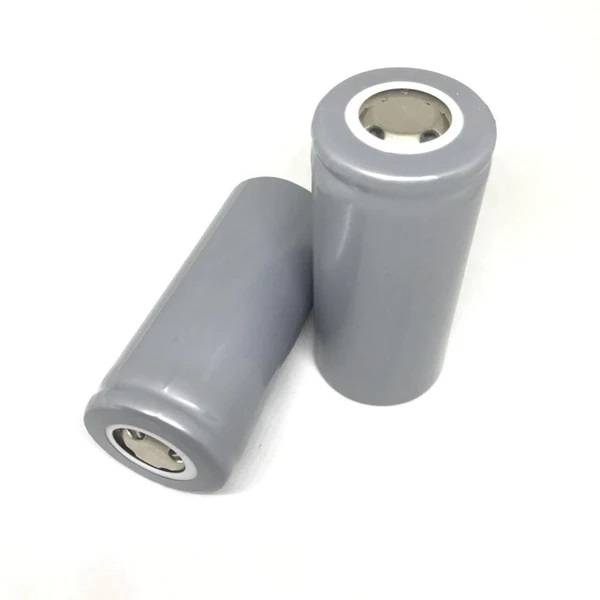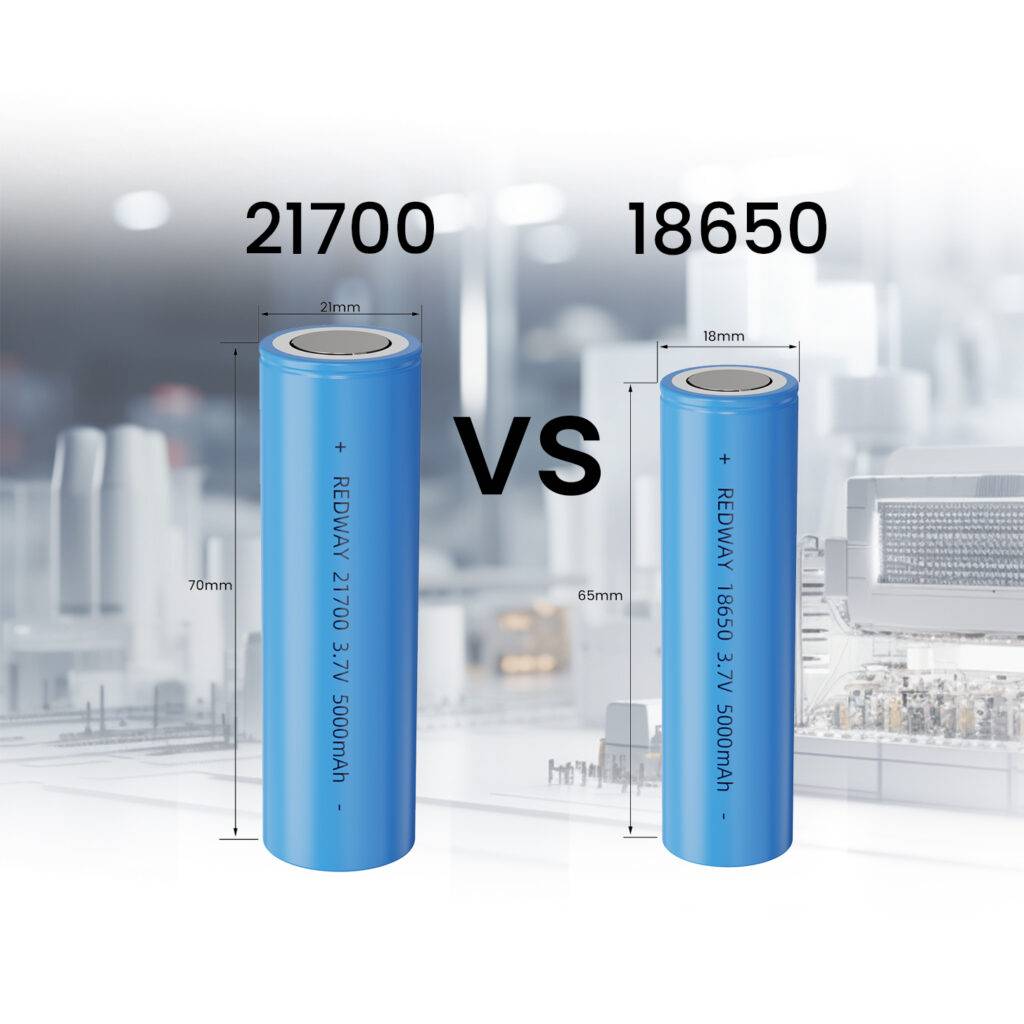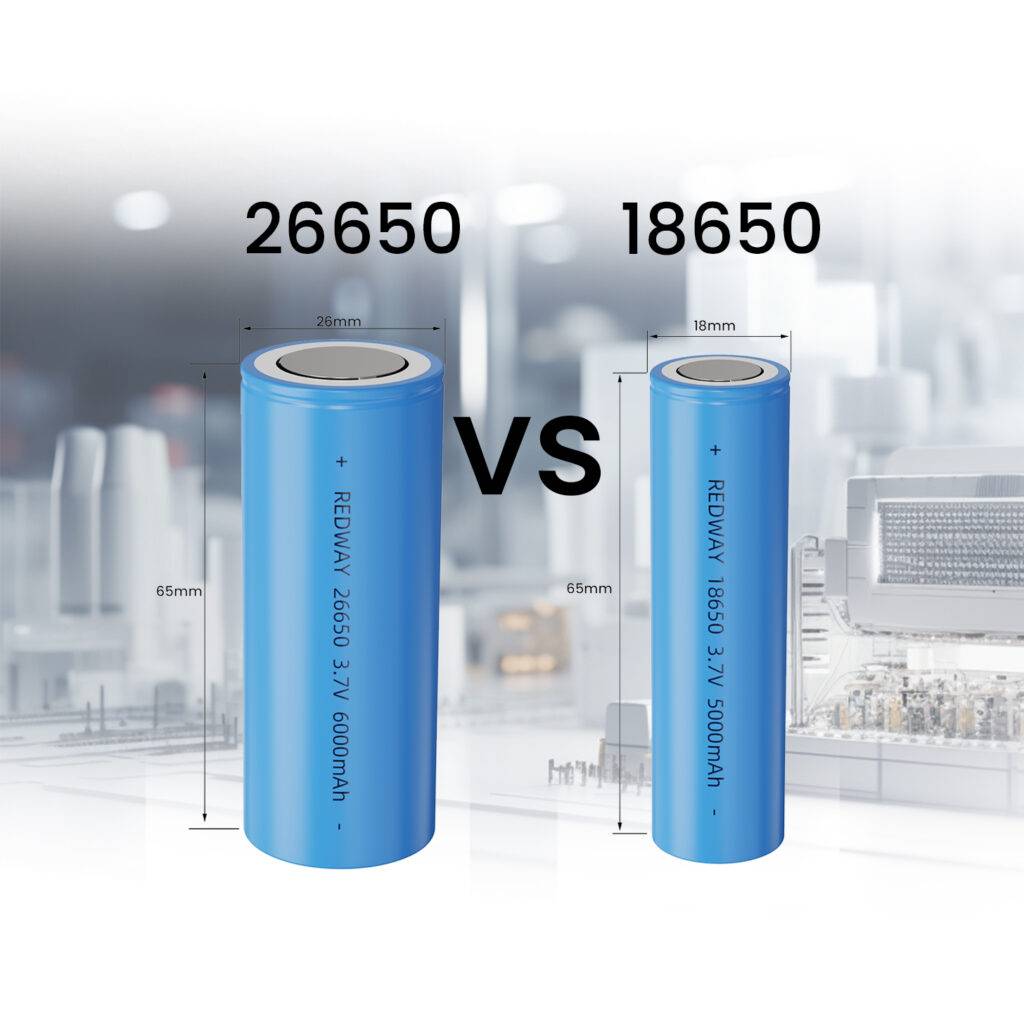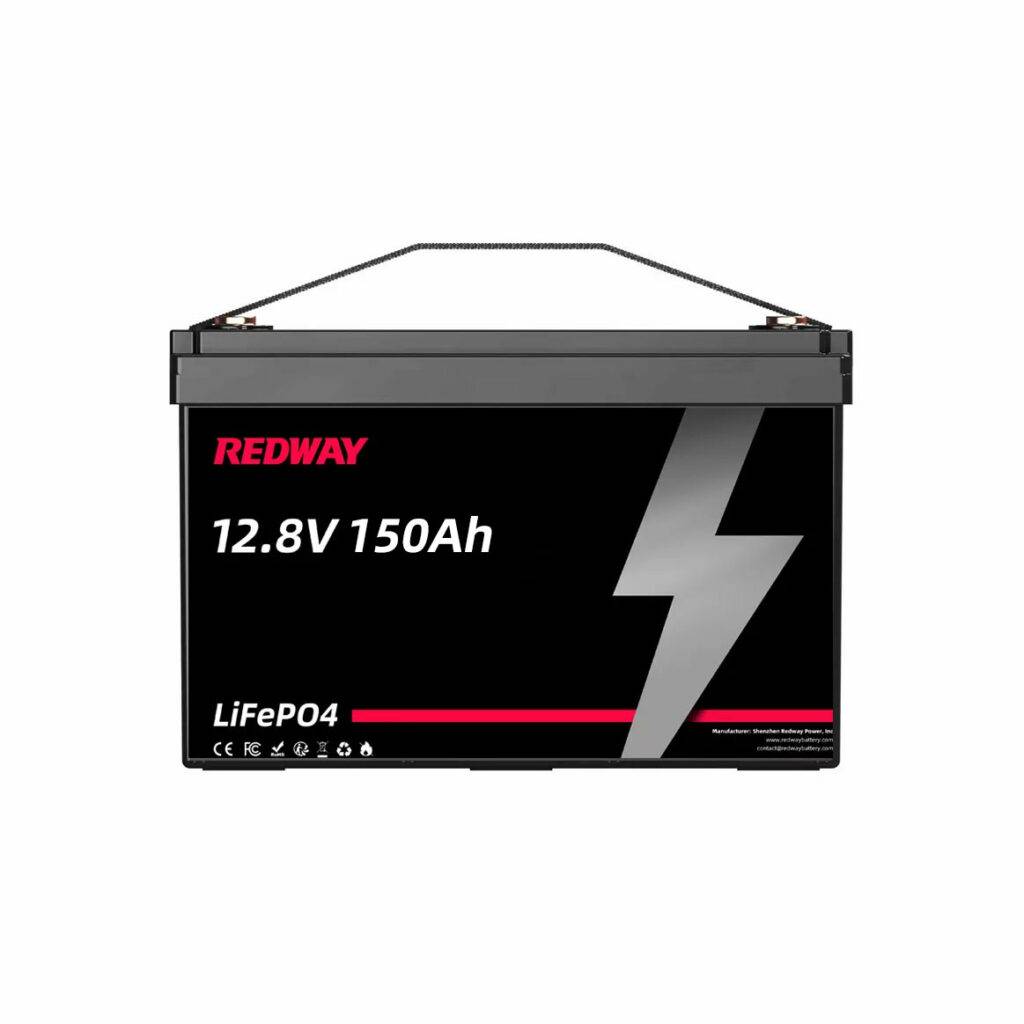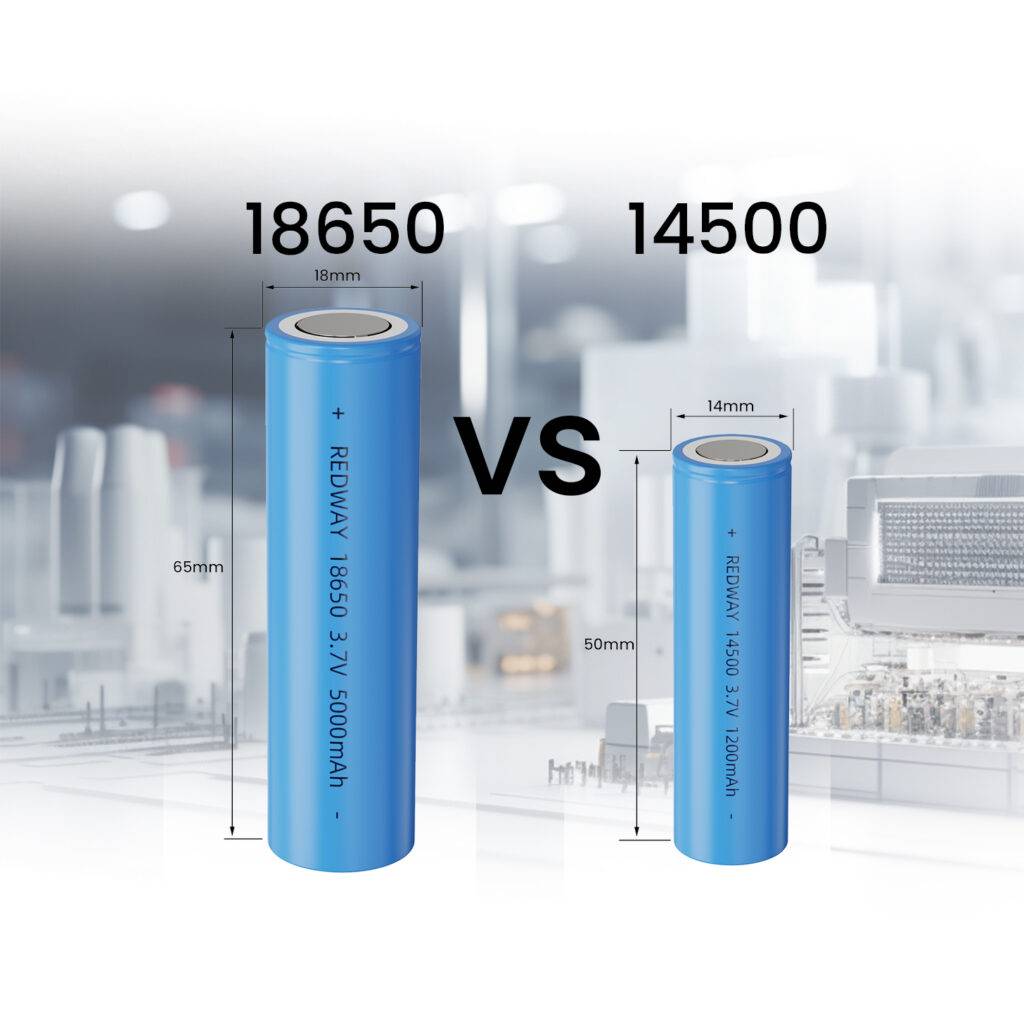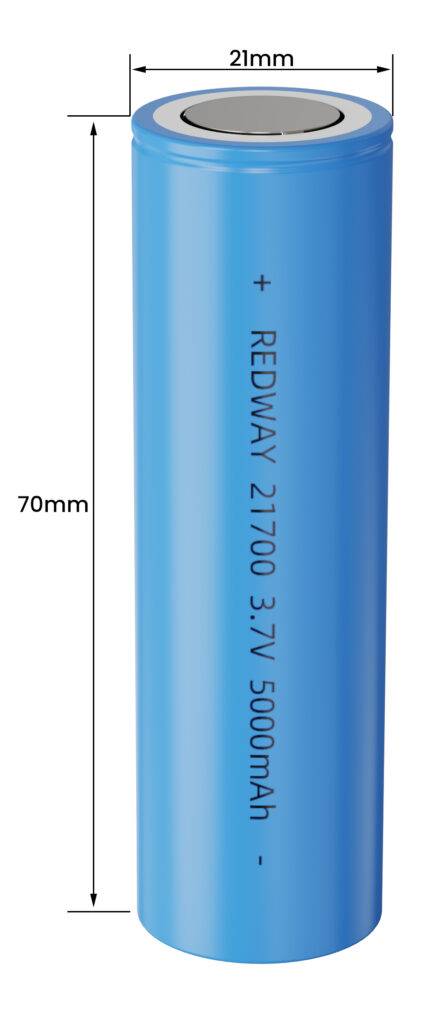Are you in the market for a new battery and wondering what the difference is between cylindrical and prismatic batteries? Look no further! In this article, we’ll break down everything you need to know about these two types of batteries, from how they are made to their unique features. So, whether you’re looking for a long-lasting power source for your electronic device or just curious about battery technology, read on to learn more!
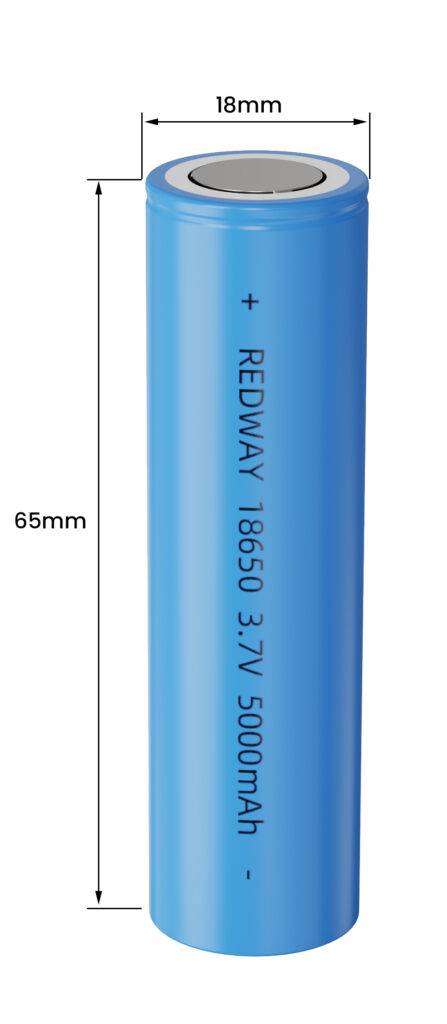
#post_seo_title
What is cylindrical battery cells?
Cylindrical battery cells are a type of rechargeable battery that have been around since the 1860s. The most common cylindrical cell is the 18650, which measures approximately 18mm by 65mm. These batteries are often used in electronic devices such as laptops, flashlights, and electric vehicles.
Cylindrical cells consist of an anode, cathode, separator, and electrolyte. The electrodes are rolled up into a cylinder shape and placed inside a metal canister that acts as the cell’s casing. This design allows for efficient heat dissipation during operation.
One of the benefits of cylindrical batteries is their high energy density compared to other battery types. They also have a long cycle life and can be recharged many times before needing replacement.
However, one drawback to cylindrical batteries is their limited flexibility in terms of form factor. Their shape makes them difficult to fit into certain device designs or configurations.
Cylindrical batteries remain a popular choice due to their reliability and efficiency in powering electronic devices.
How are cylindrical cells made?
Cylindrical cells are one of the most common types of batteries on the market. They have a cylindrical shape and are often found in devices such as flashlights, laptops, and power tools. But how are these cylindrical cells made?
The process begins with rolling thin sheets of metal into a cylinder shape. These metal cylinders serve as the positive and negative electrodes for the battery. Next, they’re stacked together along with separators that prevent them from touching each other.
Once this stack is complete, it’s inserted into a casing made from steel or aluminum to protect it from damage. The casing also contains an electrolyte solution that helps facilitate the chemical reactions within.
A cap is added to each end of the cell which seals everything inside and allows electrical connections to be made.
This manufacturing process results in a battery that’s reliable and efficient for many different uses.
What is the most commonly cylindrical cells?
The most commonly used cylindrical cell is the 18650 battery. This type of battery has a diameter of 18mm and a length of 65mm, hence its name. The popularity of this size can be attributed to its versatility and reliability.
18650 batteries are widely used in portable electronics such as laptops, flashlights, and electric vehicles due to their high energy density and long cycle life. They are also favored by DIY enthusiasts for their ease of use in creating custom power banks or other projects.
Another common cylindrical cell is the AA battery. Although it’s not as powerful as an 18650, it’s still popular due to its affordability and accessibility. You can find these batteries at any convenience store or supermarket.
Cylindrical cells have been around for more than a century but continue to evolve thanks to advancements in technology that allow them to deliver higher performance levels while maintaining a compact size.
What is prismatic battery cells?
Prismatic battery cells refer to a type of rechargeable batteries that are rectangular in shape. These cells offer several advantages over cylindrical cells, including higher energy density and improved thermal stability.
The construction of prismatic cells involves stacking multiple layers of cathode, anode, separator, and electrolyte materials on top of each other within the cell casing. This design allows for greater flexibility in terms of customizing the size and shape of the battery for different applications.
One common example of prismatic cells is Lithium Polymer (LiPo) batteries used in smartphones and tablets due to their slim form factor. They also find use in electric vehicles as they can be arranged into more compact configurations with higher energy density compared to cylindrical batteries.
Prismatic batteries can have either hard or soft casings made from materials such as aluminum or polymer respectively. The choice depends on factors such as durability requirements, weight constraints, and cost considerations.
Prismatic battery cells offer a versatile option for powering various devices with high energy demands while maintaining a customizable form factor suitable for unique designs.
How are prismatic cells made?
Prismatic cells are manufactured in a completely different way than cylindrical cells. First, the electrodes of the battery are produced by coating a thin layer of active material onto metal foils. Then, multiple electrode sheets are stacked on top of each other with a separator placed between them to prevent short circuits.
Once the stack is completed, it is compressed and inserted into a metal casing that forms the outer shell of the prismatic cell. The casing is then filled with an electrolyte solution that allows for ion movement between positive and negative electrodes within the cell.
After filling, prismatic batteries undergo a process called formation where they are charged and discharged repeatedly to activate their chemical reactions before being tested for quality control.
Prismatic batteries offer higher energy density but require more complicated manufacturing techniques due to their unique shape compared to cylindrical batteries.
What is the most commonly prismatic cells?
Prismatic cells, also known as pouch cells, are becoming increasingly popular due to their flexibility and compact size. These cells come in various sizes and can be custom-made according to the needs of a particular application.
The most commonly used prismatic cells are those made from lithium-ion technology. They have higher energy density compared to cylindrical batteries, which makes them ideal for applications that require high capacity in a small form factor.
One of the most widely used prismatic batteries is the 18650 cell, which is often found in laptop batteries and power banks. However, newer pouch cells like the 21700 and 26650 offer greater energy density while maintaining similar sizes.
Prismatic batteries are also being adopted by electric vehicle manufacturers due to their ability to fit into tight spaces within a car’s structure. Tesla’s Model S uses thousands of these pouches arranged in modules under its floorboards to provide maximum performance with minimal space requirements.
Prismatic battery technology continues to evolve rapidly with new chemistries and designs emerging regularly. As such, they offer exciting potential for future applications beyond what we currently know today.
What is the difference between cylindrical cells and prismatic cells?
Cylindrical cells and prismatic cells are two different types of battery cells, each with their own unique characteristics. Cylindrical cells, as the name suggests, have a cylindrical shape whereas prismatic cells are rectangular in shape.
The biggest difference between these two types of batteries is their physical structure. Cylindrical batteries tend to be smaller and more compact than prismatic batteries which makes them ideal for use in small devices such as mobile phones or laptops. Prismatic batteries, on the other hand, can hold more energy and provide higher power output making them ideal for use in electric vehicles.
Another key difference between cylindrical and prismatic battery cells is how they are manufactured. Cylindrical batteries typically have a single electrode wrapped around a central core while prismatic batteries have multiple electrodes stacked together like layers in a cake.
When choosing between cylindrical and prismatic battery cells it’s important to consider your specific needs based on size requirements, power output needs and available space within your application.
How to choice battery cells for my application? Cylindrical cells or Prismatic cells?
When it comes to choosing the right battery cells for your application, there are a few factors that you should consider. First, you need to determine what kind of device or equipment you will be using the battery in and what its power requirements are.
If your device requires a high discharge rate, cylindrical cells may be the better choice as they have a higher capacity than prismatic cells. However, if space is limited within your device, prismatic cells may be more suitable as they can be stacked together more efficiently.
It’s also important to consider the cost of each type of cell. Cylindrical cells tend to have lower manufacturing costs due to their simple design and mass production capabilities. On the other hand, prismatic cells require more complex manufacturing processes which can increase their overall cost.
It’s important to take into account any safety concerns related to your specific application. Both types of cells have different safety features and limitations that may make one a safer option for your particular use case.
When making a decision between cylindrical and prismatic battery cells for your application it ultimately comes down to understanding what specific needs must be met by the chosen cell type such as space requirements or discharge rates while taking into consideration budget constraints as well potential hazardous risks associated with both options.

